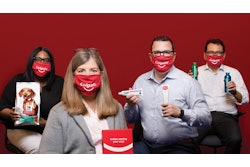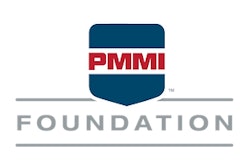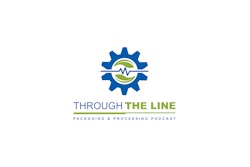
The following are five key considerations when the physical testing is complete. These, in combination with the pre-testing considerations (find them at pwgo.to/5847), will help ensure the greatest value is gained for your pre-shipment verification.
1) Thoroughly document testing details. Many overlook and take for granted this critical step. Fully documenting your testing rationale will provide you with a valuable reference moving forward should a damage occur. Key elements include numerous pictures before, during, and after testing as well as clearly listing packaging and product makeup and what you have defined as acceptable levels of damage. Furthermore, it provides a stronger case when dealing with carrier damage issues as you have a clear rationale for the work done.
2) Understanding the results. Testing results provide you with an understanding of the level of risk you are willing to assume for a given packaged-product configuration traveling through a given supply chain leg. Simply achieving a ‘pass’ is failing to leverage the full value in testing. As shared in the five pre-test considerations (pwgo.to/5847), pass/fail criteria are determined by the collective of stakeholders, and ultimately establish the level of risk your business is willing to assume. Undermining the benefit of testing by attempting to circumvent the discussion on risk is delaying the unfortunate situation of dissatisfaction. Assuming a high level of risk by ‘passing’ a packaged product for the sake of just doing business will inevitably result in denied claims, customer complaints of damaged products, and eroded brand equity.
3) Monitor shipments. It is important to note that test protocols can evaluate the effectiveness of packaging only for hazards represented in the protocol. For example, a test procedure that does not include a compression test is unable to evaluate a packaged product’s ability to withstand warehouse stacking loads. Knowing the distribution environment in detail can help users select an appropriate test.
Additionally, detailed shipping records for not only the test sample but the entire product line should be maintained, including number of units shipped and the number damaged in distribution. This performance, when compared to results from the laboratory tests, can be used to evaluate the effectiveness of tests and guide future testing decisions.
4) Leveraging testing outcomes. Best practice is to test all products, but if budgets and/or timelines won’t allow, then some testing is better than no testing. Bridging knowledge gaps is intended to provide the test user with best practices on how to apply the learnings from testing to the broadest number of products possible.
To ensure that you are informed prior to bridging knowledge gaps of packaged-product tests is to create a detailed matrix of product and packaging attributes, i.e. all packaging and product specifications. This enables a clear understanding of the packaged products attributes so that those with similar attributes can be congregated together. This is also allowing for a testing plan that captures the full range of packaged products, i.e. small, medium, large, extra-large. By having the full range defined, it becomes easier to understanding the packaged products that exist in your testing gaps.























